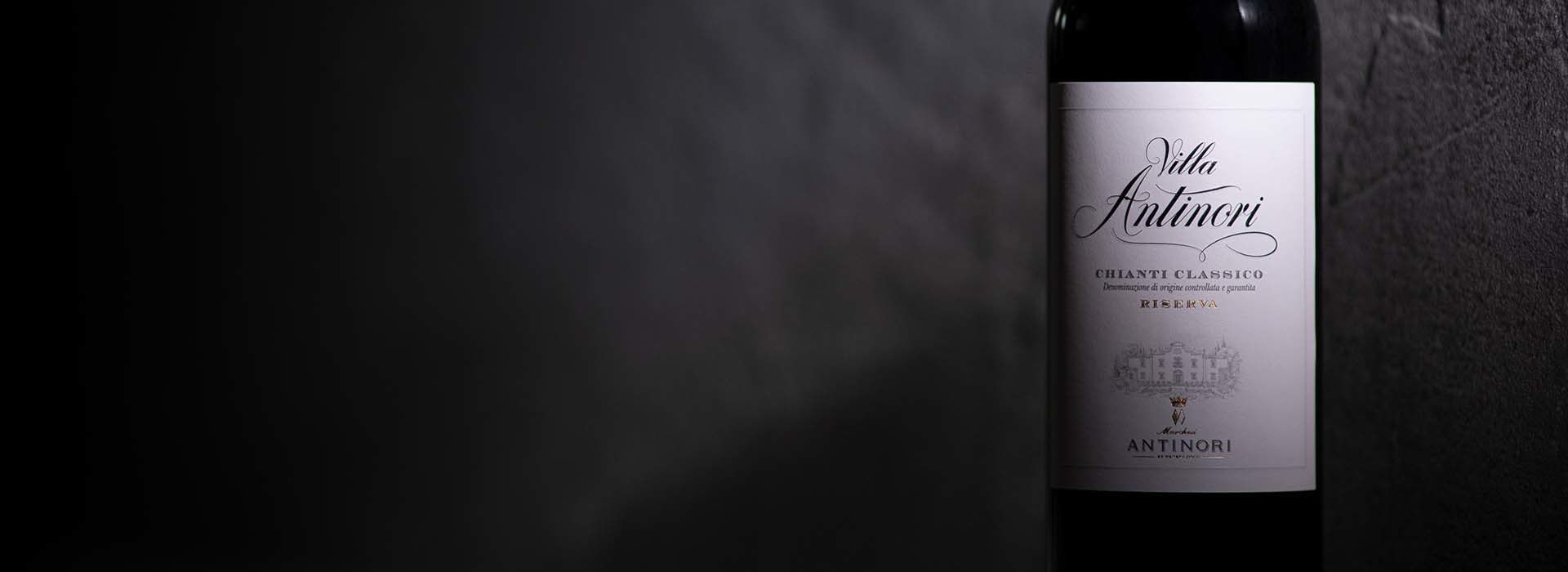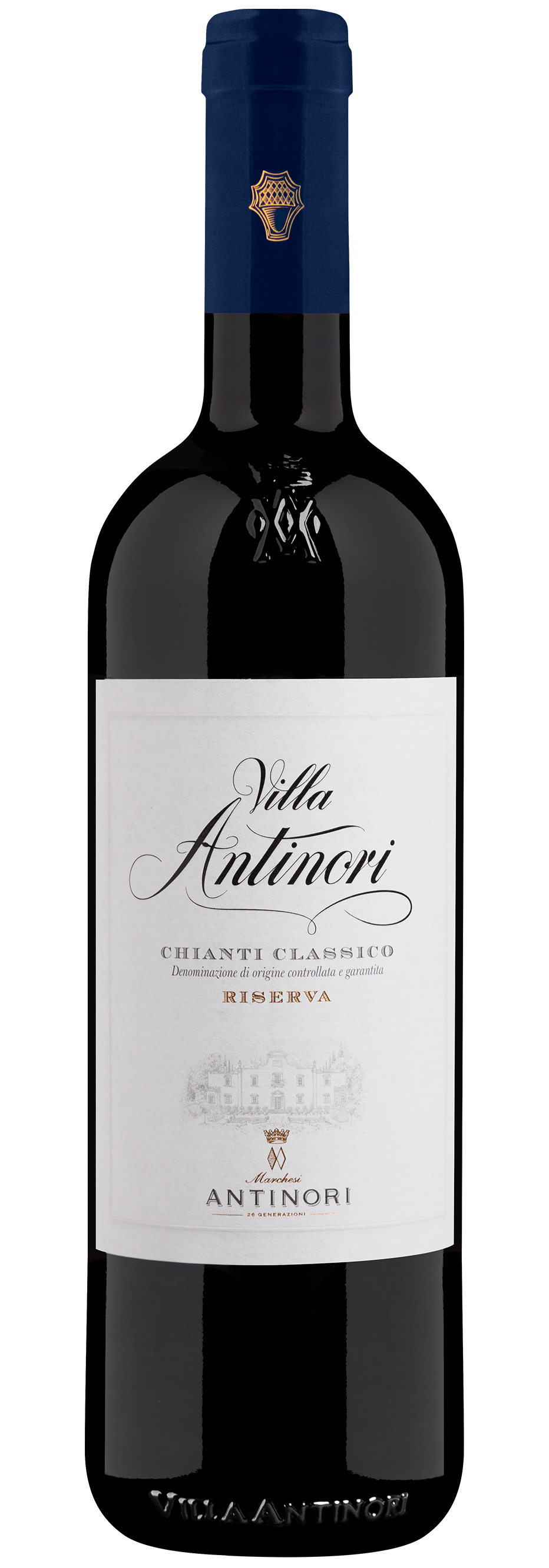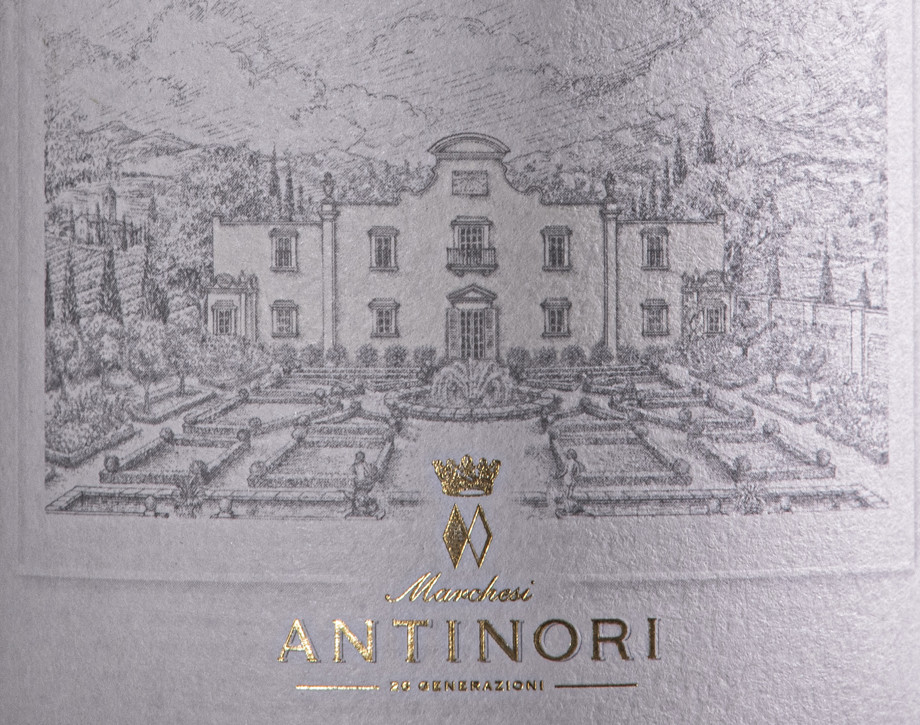Villa Antinori Chianti Classico Riserva

Climate
The 2020 growing season in Chianti Classico began with mild, dry weather. Only in the last half of March did the area experience a short cold spell. These climatic conditions prompted earlier than expected budbreak but did not compromise vine development, optimal vine growth took place during the second half of spring when average rainfall and cool temperatures arrived. The summer months were hot but were undisturbed by extreme heat events. Intermittent rain showers provided the grape clusters with perfect growing conditions. The month of September, when harvesting operations got underway, was defined by increased precipitation levels, especially towards the end of the month, without adversely impacting the quality of the fruit. This additional precipitation ensured the grapes reached complete phenolic maturity. The grape harvest began with Sangiovese during the last half of September and was completed the first week of October with the other complementary varieties.
Vinification
The grapes were destemmed and gently crushed then transferred into stainless steel vats where alcoholic fermentation took place at a controlled temperature that did not exceed 28 - 30 °C (82 - 86 °F). Maceration on the skins lasted for a period of approximately 10-14 days using controlled automated techniques to gently extract aromas, structure, and supple tannins. Sangiovese underwent malolactic fermentation in stainless steel vats while several lots of the other grape varieties went into second and third fill barriques. The various lots were blended and continued to age in oak, predominantly in larger format barrels and a smaller percentage in barriques, up until spring 2022. Bottling began in August 2022.
Historical Data
Villa Antinori is, first and foremost, an idea, a way of conceiving the production of wine: on the one hand, experimentation and evolution, on the other hand, continuity in tradition. Sangiovese and other complementary grape varieties render their homage to an historic label and a wine with a long tradition,: this name, in fact, is almost one hundred years old, as the wine was produced for the first time in the 1928 vintage. With the inauguration of the Antinori Chianti Classico cellars, the family wished to reinterpret a Tuscan classic with a Riserva offering which is both delicate and, at the same time, elegant and decisive in flavor.
Tasting Notes
Villa Antinori Chianti Classico Riserva 2020 is ruby red in color. The nose delivers notes of cherries and cotton candy together with floral hints of violets and blood orange juice. The bouquet is completed by notes of rust accompanied by delicate aromas of agarwood. On the palate a velvety entry broadens into a flavorful, persistent sensation bringing forth spicy notes of tobacco and dark chocolate.

The Wine
Villa Antinori Chianti Classico Riserva is a blend of Sangiovese together with other complementary varieties produced as a tribute to Antinori’s historic label that has accompanied the family’s winemaking traditions over the years. The inauguration of the new winery Antinori nel Chianti Classico inspired the family to reinterpret this Tuscan classic into a premium quality wine with unmistakable style, the resulting Riserva is delicate, decisive and elegant.

Climate
The 2020 growing season in Chianti Classico began with mild, dry weather. Only in the last half of March did the area experience a short cold spell. These climatic conditions prompted earlier than expected budbreak but did not compromise vine development, optimal vine growth took place during the second half of spring when average rainfall and cool temperatures arrived. The summer months were hot but were undisturbed by extreme heat events. Intermittent rain showers provided the grape clusters with perfect growing conditions. The month of September, when harvesting operations got underway, was defined by increased precipitation levels, especially towards the end of the month, without adversely impacting the quality of the fruit. This additional precipitation ensured the grapes reached complete phenolic maturity. The grape harvest began with Sangiovese during the last half of September and was completed the first week of October with the other complementary varieties.
Vinification
The grapes were destemmed and gently crushed then transferred into stainless steel vats where alcoholic fermentation took place at a controlled temperature that did not exceed 28 - 30 °C (82 - 86 °F). Maceration on the skins lasted for a period of approximately 10-14 days using controlled automated techniques to gently extract aromas, structure, and supple tannins. Sangiovese underwent malolactic fermentation in stainless steel vats while several lots of the other grape varieties went into second and third fill barriques. The various lots were blended and continued to age in oak, predominantly in larger format barrels and a smaller percentage in barriques, up until spring 2022. Bottling began in August 2022.
Historical Data
Villa Antinori is, first and foremost, an idea, a way of conceiving the production of wine: on the one hand, experimentation and evolution, on the other hand, continuity in tradition. Sangiovese and other complementary grape varieties render their homage to an historic label and a wine with a long tradition,: this name, in fact, is almost one hundred years old, as the wine was produced for the first time in the 1928 vintage. With the inauguration of the Antinori Chianti Classico cellars, the family wished to reinterpret a Tuscan classic with a Riserva offering which is both delicate and, at the same time, elegant and decisive in flavor.
Tasting Notes
Villa Antinori Chianti Classico Riserva 2020 is ruby red in color. The nose delivers notes of cherries and cotton candy together with floral hints of violets and blood orange juice. The bouquet is completed by notes of rust accompanied by delicate aromas of agarwood. On the palate a velvety entry broadens into a flavorful, persistent sensation bringing forth spicy notes of tobacco and dark chocolate.

Villa Antinori
Villa Antinori is an important corner stone as its name is associated with over 100 years of history. At the same time it represents ongoing progress. The one essential principle is continuous research for increasingly higher quality standards. This idea produced two different wines that share a common passion for quality: Villa Antinori Rosso and Villa Antinori Bianco. Villa Antinori was originally produced in 1928 by Marchese Niccolò Antinori as a Chianti Classico that could age and that would improve over time. Soon after, Villa Antinori was found in the most prestigious cellars in embassies, royal houses, important hotels and restaurants. In 1931, Villa Antinori Bianco was made from traditional Trebbiano grapes. In the 1980’s a small percentage of Chardonnay was added in order to give the wine better structure.


















